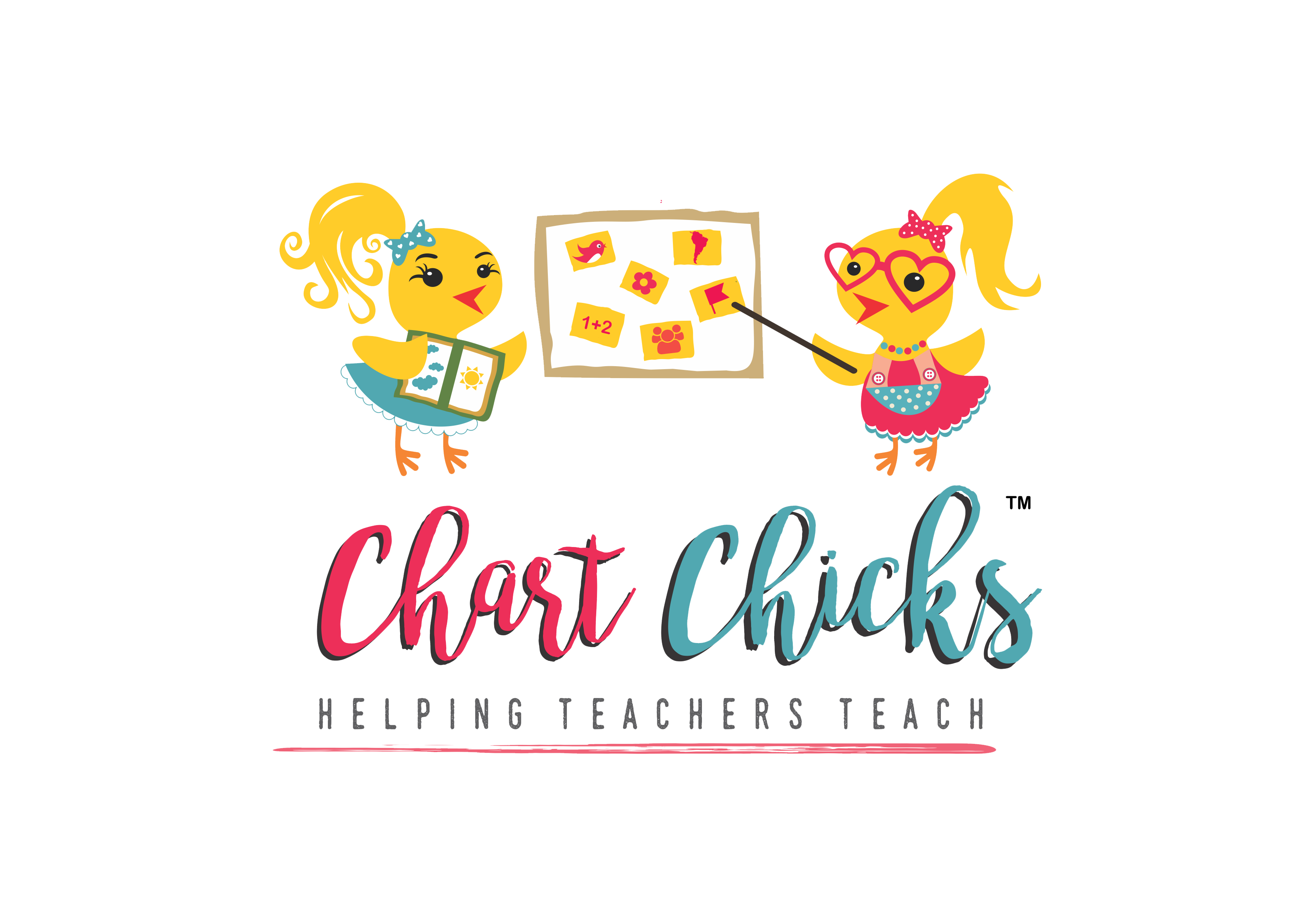Sticky Note Spiraling
Interactive Anchor Charts
As educators, we have heard of the importance of anchor charts and how they are beneficial to students by giving them something to anchor their learning to. They also act as an important reference tool to support students when looking for answers to your questions. However, it is crucial to use them during your instruction in order for the students to become familiar enough with them so they will actually USE them. If students aren’t interacting with the content contained on them, they won’t use them and they will just become another poster.
Activity:Sticky Note Spiraling
The Bang for Your Buck:
- Your students will be UP and MOVING, participating in academic discourse, making connections, interacting with the content in a different way, and evaluating and justifying their decisions.
- You will reach various learning styles, thus differentiating your instruction.
- The reading teacher will love you because this is all Figure 19 thinking. If you ARE the reading teacher, you’ve reinforced Fig 19 across the content. BOOM!
- You don’t have to make copies!!
- In order for students to retain the information you have worked so hard to get into their brains, research says they must interact with the information ### numbers of time.
- The students will become familiar with the charts reinforcing their use of them building that visual and muscle memory. Once they know those charts, you will be amazed how they look for that chart during the test and how it jogs their memory.
- It’s quick!
The Prep Work:
1)Create your interactive anchor chart by using the state standards, district curriculum documents, textbooks, or other instructional document specificity.
2)Fill in the content that you want the students to learn on sticky notes. This can be done by you, during your instruction, or while students are taking notes from their text to add as examples. It’s important for them to continuously add to their thinking, so the charts can always be added to while you work through your curriculum.
The How:
1)Pull off the sticky notes and randomly place the stickies on student’s desks before class begins. To save time, you could have the students at the end of class pull them off for you. Think… “student job”.
2)Upon entering the room, the students with the sticky notes use their inferring skills to determine to correct location for their sticky note to rebuild the chart. EVERYONE HAS A JOB! Students without a sticky note are responsible for checking where the students place their notes and, if needed, help coach them to the correct location if needed.
3)YOUR JOB is to walk around the room monitoring discussions and helping any struggling students. If you keep a clipboard handy, just think how this could easily be used as a formative assessment!! WIN-WIN!
4) Oh how there is NOT-ENOUGH-TIME…I would set a timer so the students will work quickly and learn to monitor themselves. You will have to create a procedure to keep the activity, and the students, moving along.
5)Oh our precious SPACE…These charts could be clipped to tri-folds, moved, and used as a workstation as well. I have used hangers and clothespins to store them as well.

